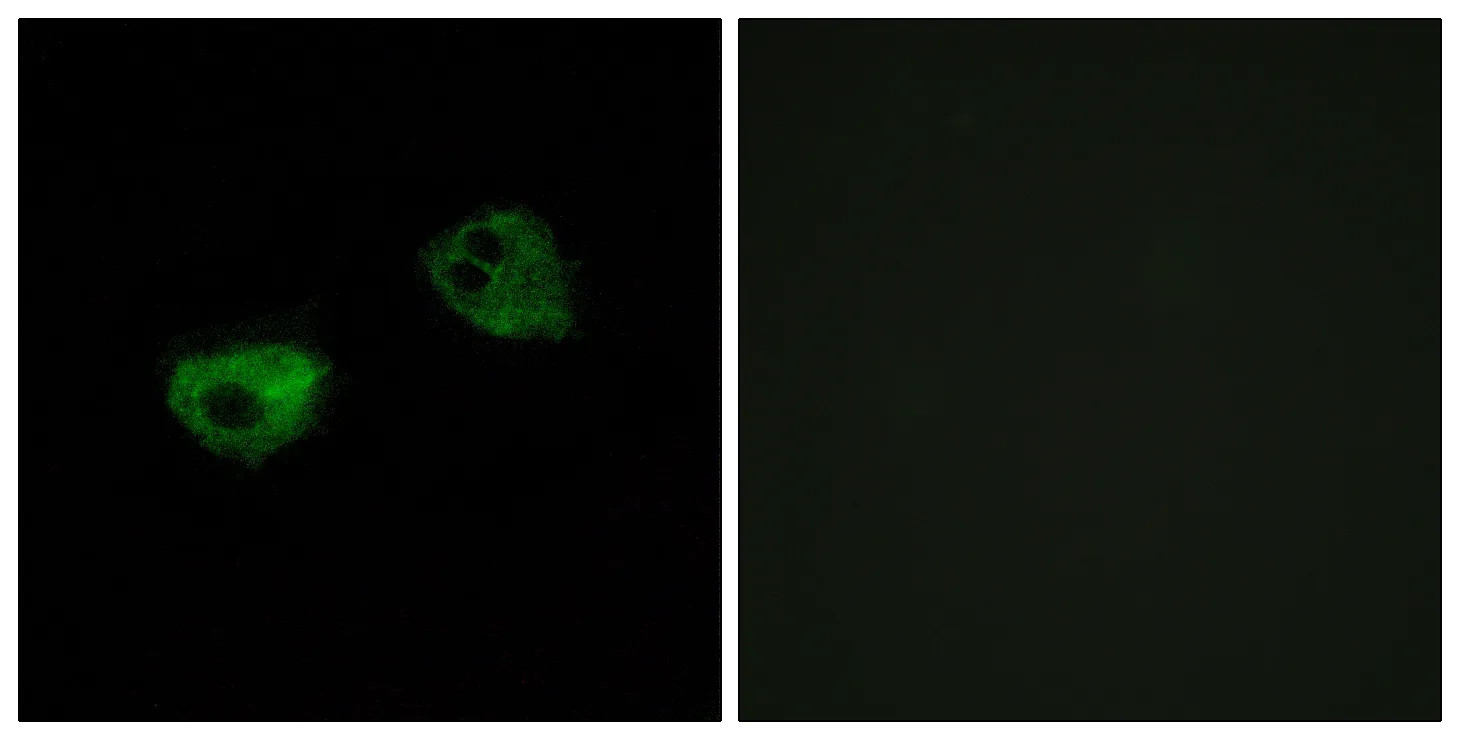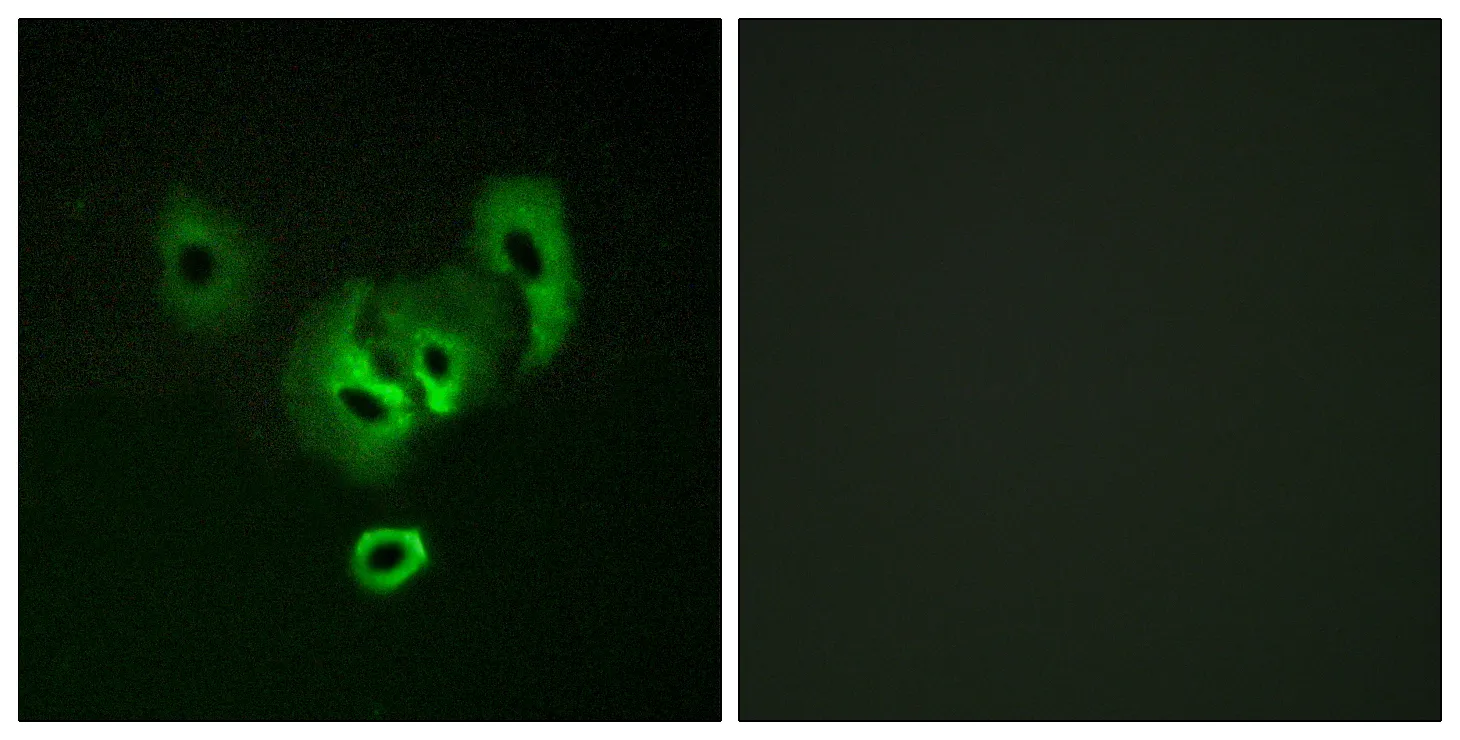Summary
Performance
Immunogen
Application
Background
This gene encodes a protein that mediates ligand-independent transcription repression of thyroid-hormone and retinoic-acid receptors by promoting chromatin condensation and preventing access of the transcription machinery. It is part of a complex which also includes histone deacetylases and transcriptional regulators similar to the yeast protein Sin3p. This gene is located between the Charcot-Marie-Tooth and Smith-Magenis syndrome critical regions on chromosome 17. Alternate splicing results in multiple transcript variants. Pseudogenes of this gene are found on chromosomes 17 and 20.[provided by RefSeq, Jun 2010],domain:The C-terminal region contains two separate nuclear receptor-interacting domains (ID1 and ID2), each of which contains a conserved sequence referred to as the CORNR box. This motif is necessary and sufficient for binding to unligated nuclear hormone receptors, while sequences flanking the CORNR box determine the precise nuclear hormone receptor specificity.,domain:The N-terminal region contains three independent domains that are capable of mediating transcriptional repression (RD1, RD2 and RD3).,function:Mediates transcriptional repression by certain nuclear receptors. Part of a complex which promotes histone deacetylation and the formation of repressive chromatin structures which may impede the access of basal transcription factors.,PTM:Ubiquitinated; mediated by SIAH2 and leading to its subsequent proteasomal degradation.,similarity:Belongs to the N-CoR nuclear receptor corepressors family.,similarity:Contains 2 SANT domains.,subunit:Interacts with SIAH2, HDAC7, SAP30, SIN3A and SIN3B (By similarity). Forms a large corepressor complex that contains SIN3A/B and histone deacetylases HDAC1 and HDAC2. This complex associates with the thyroid (TR) and the retinoid acid receptors (RAR) in the absence of ligand. Interacts with DACH1. Component of the N-Cor repressor complex, at least composed of NCOR1, NCOR2, HDAC3, TBL1X, TBL1XR1, CORO2A and GPS2. Interacts with TRIM28 and MJD2A/JHDM3A. Interacts with ZBTB33/KAISO, and this interaction serves to recruit the N-CoR complex to promoter regions containing methylated CpG dinucleotides. Interacts with the catalytic domain of HDAC9. Interacts with CBFA2T3 and HEXIM1. Interacts with C1D.,
Research Area




